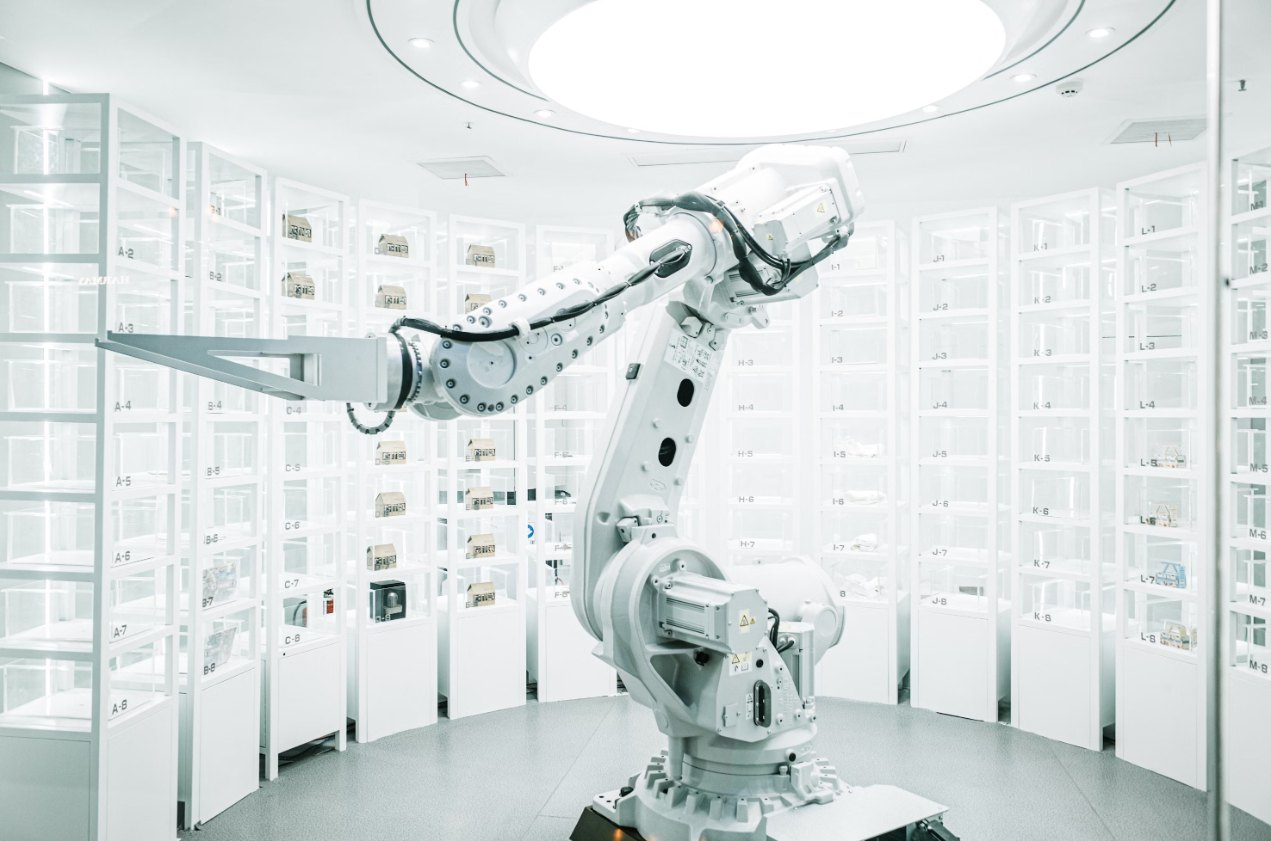AI and Cybersecurity: Protecting Data in the Digital Age
7 min read
08 Sep 2025
Artificial Intelligence (AI) is revolutionizing cybersecurity practices, offering advanced tools and techniques to protect sensitive data in an increasingly digital world. This article explores the intersection of AI and cybersecurity, highlighting key applications, challenges, and future trends.
Enhancing Threat Detection and Response

AI plays a crucial role in enhancing threat detection capabilities for cybersecurity. Machine learning algorithms analyze vast amounts of data to identify patterns and anomalies that may indicate potential threats or attacks. AI-powered systems can detect unusual behavior in real-time, enabling proactive responses to mitigate risks before they escalate.
For example, AI-driven intrusion detection systems (IDS) monitor network traffic, identify suspicious activities, and alert cybersecurity teams to potential threats. AI algorithms can also analyze malware patterns and behaviors to enhance antivirus solutions and protect systems from evolving cyber threats.
Automating Security Operations
AI automates routine cybersecurity tasks, improving efficiency and allowing cybersecurity professionals to focus on more complex challenges. AI-driven automation helps in patch management, vulnerability assessments, and incident response, reducing response times and minimizing the impact of security breaches.
Security analysts use AI-powered tools for threat hunting, leveraging machine learning to sift through vast amounts of data and identify indicators of compromise (IoCs). By automating repetitive tasks and streamlining workflows, AI enhances the overall effectiveness of cybersecurity operations.
Challenges and Ethical Considerations
AI in cybersecurity introduces challenges such as adversarial attacks, where AI systems themselves can be manipulated or misled by sophisticated adversaries. Ensuring the robustness and reliability of AI models against such attacks is critical for maintaining cybersecurity defenses.
Ethical considerations include the responsible use of AI in cybersecurity, ensuring transparency in AI decision-making processes, and addressing biases in AI algorithms that could impact security assessments or outcomes.
Future Directions in AI and Cybersecurity
Looking ahead, AI is expected to continue evolving cybersecurity practices: AI-driven Predictive Analytics: Anticipating and mitigating future cyber threats based on historical data and patterns. AI-powered Authentication: Enhancing authentication methods with biometrics and behavioral analysis to strengthen access controls. AI in Cyber Defense Strategies: Integrating AI with traditional cybersecurity measures to create adaptive, self-learning defense systems.
In conclusion, AI is transforming cybersecurity by providing powerful tools for threat detection, response automation, and adaptive defense strategies. By addressing challenges and embracing ethical considerations, AI-driven cybersecurity promises to safeguard data and digital infrastructure in an increasingly complex threat landscape.
FAQs
More Articles

Using VR for Remote Collaboration: How Virtual Reality Is Bridging Distance Gaps
6 min read | 21 Oct 2025

The Evolution of AR Glasses: What to Expect from the Next Generation
6 min read | 20 Oct 2025

How VR is Shaping the Future of Travel: Virtual Destinations and Experiences
5 min read | 19 Oct 2025

AR in Healthcare: From Surgical Navigation to Patient Education
6 min read | 18 Oct 2025
More Articles

Exploring Explainable AI: Making Machine Learning Models Transparent
6 min read | 19 Oct 2025

The Role of AI in Autonomous Vehicles: What’s Next for Self-Driving Cars?
5 min read | 18 Oct 2025

How AI is Transforming Finance: From Robo-Advisors to Fraud Detection
5 min read | 17 Oct 2025

AI in Retail: How Machine Learning Is Personalizing Shopping Experiences
5 min read | 16 Oct 2025
